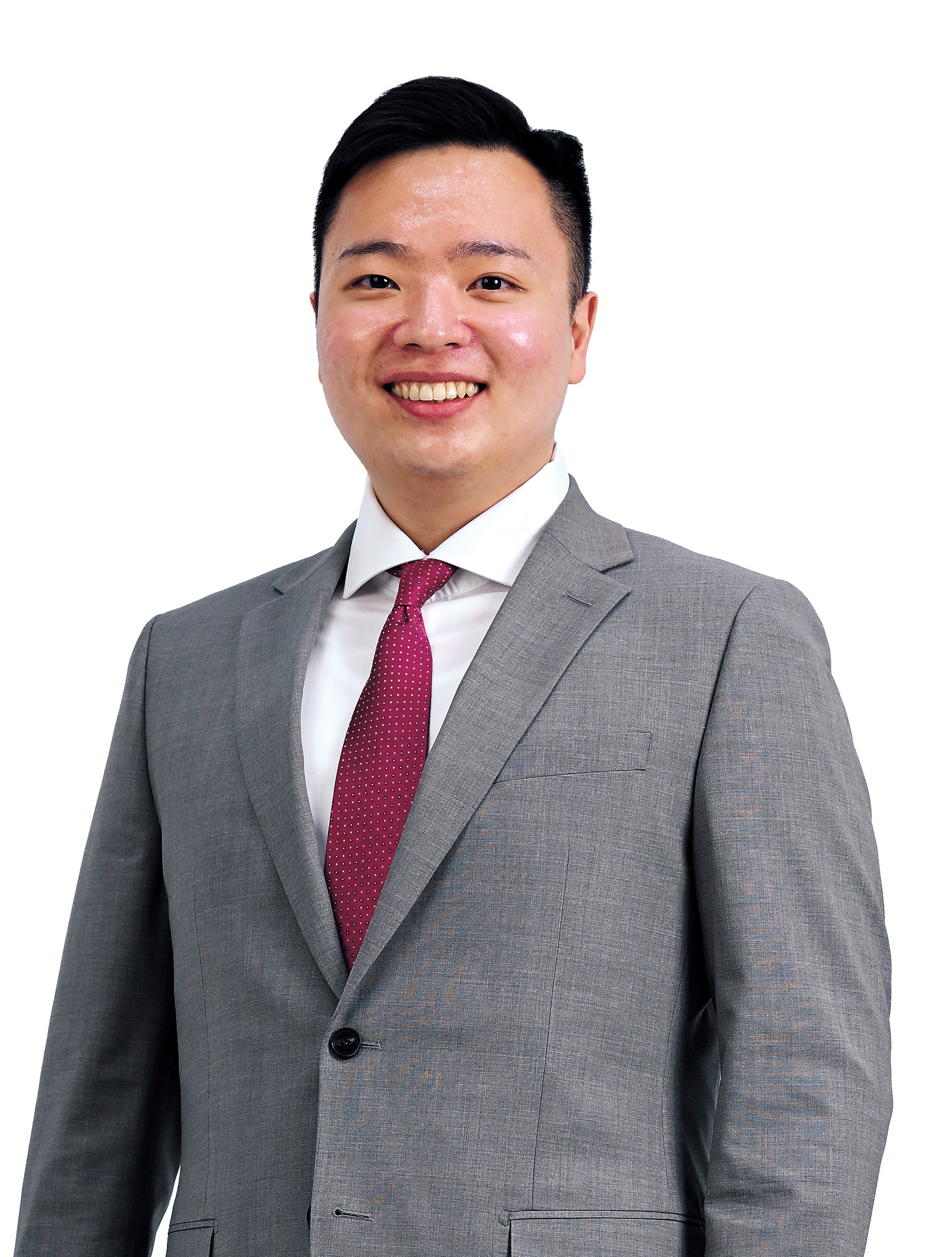[Herald Interview] Carbon breakthrough in Korea: Making diamonds at atmospheric pressure
Lower-cost production of diamonds could expand use in fields ranging from jewelry to semiconductors and quantum computing
By Hwang Joo-youngPublished : May 14, 2024 - 14:16

In the realm of materials science, diamonds have long held a prestigious status for their unparalleled hardness and brilliance.
Traditionally, the synthesis of these coveted gems has relied on high-pressure, high-temperature methods, representing a significant barrier to large-scale production.
However, recent research by Rodney S. Ruoff and his team at the Center for Multidimensional Carbon Materials within the Institute for Basic Science has opened a new chapter in diamond synthesis -- growing diamonds under atmospheric pressure and at 1,025 degrees Celsius.
In an interview with The Korea Herald, Ruoff, who also serves as a professor of chemistry at Ulsan National Institute of Science & Technology, shared insights into the journey that led to this breakthrough and its implications for both scientific exploration and industrial applications.
Ruoff's journey began over a decade ago, in pursuit of unconventional methods for diamond synthesis. "I had been thinking of 'unconventional' methods to grow diamonds for over a decade," he shares. "Was it possible to grow diamonds in some ways that others considered either impossible or highly unlikely?"
"At this time there is essentially nothing known about how carbon dissolves into a very wide range of liquid metal alloys," Ruoff explains.
"To an engineer who wants to 'reverse engineer' a problem, this fact would be tremendously annoying: no database upon which to generate a pathway to improve the process. As a physical chemist who really loves to do basic science, it is for me a wonderful situation!"
The team's experiments unveiled the phenomenon of carbon diffusion beneath a liquid metal alloy -- composed of gallium, iron, nickel and silicon -- at a temperature of 1,025 degrees Celsius and 1 atmosphere of pressure.
"Our discovery of seedless growth of diamond was several years ago," Ruoff notes. "In seedless growth, methane decomposes to provide C atoms that are diffusing 'sub-surface' in a liquid and to a depth of (up to) 100 nanometers from the surface."
According to the IBS, the presence of silicon promotes the formation and stabilization of carbon clusters, which serve as the "pre-nuclei" for diamond growth. This opens up avenues for further exploration and experimentation, with numerous possibilities for optimizing growth conditions and exploring alternative compositions of liquid metals.
From a practical standpoint, the elimination of diamond seeds holds significant implications for the industrial landscape. With the potential for easier and larger-scale diamond production, this breakthrough may disrupt established price dynamics in the diamond market.
For example, synthesized diamonds exhibit identical physical and chemical properties to natural diamonds, yet boast significantly reduced production costs and time compared to the latest artificial diamonds. Crafting a 0.5-centimeter diamond requires only a few thousand won in combined metal and electricity expenses, with the entire process completed within a mere two hours.
Meanwhile, the implications of this discovery extend beyond the synthesis of diamonds themselves. The presence of silicon-vacancy color centers in the diamond structures could have practical uses in high-tech fields.
Meihui Wang, a colleague in Ruoff's laboratory, emphasizes the potential applications, stating, "This synthesized diamond with silicon-vacancy color centers may find applications in magnetic sensing and quantum computing."
"A great deal of new science will be done from this, and it seems reasonably likely to have an impact on industry," Rudoff notes, echoing the sentiment. "Later, we will turn toward deliberately doping our diamond with ‘color centers’ for studies of magnetic sensing and quantum computing."
The 67-year-old American scientist, who has held professorial positions at various US universities since 1996, recalls how he came to Korea. "It was during a conference on graphene at UNIST (around 2010 or 2011) that colleagues initiated conversations with me, which eventually led to the proposal for a new Institute for Basic Science center."
The establishment of the Center for Multidimensional Carbon Materials under the IBS umbrella provided him with a platform to further his research endeavors in Korea, Ruoff said. "I saw the nation's commitment to contribute to the scientific community and advance our understanding of carbon materials."
Looking ahead, Ruoff expresses his intention to continue his research in Korea, highlighting the conducive environment for scientific inquiry and the strong support for basic science. “Korea continues to expand its technological base. This has positive feedback on basic science” he said.


















